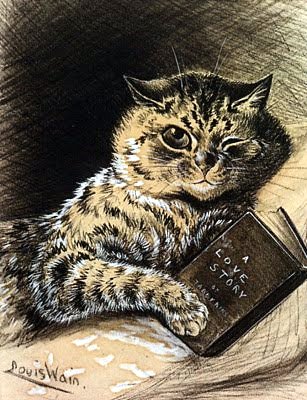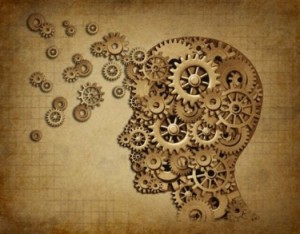The idea of participation comes to us at an interesting time, especially since the idea of individuation seems to have flooded the mindsets of all college students. And that’s just the thing; college discounts and college savings won’t just come to you. Participation is required.
When thinking of the readers of a text, there are two discernable readers; the ideal reader that the author conceived of while writing the text, and the plurality of actual readers that encounter the text. However, neither one of these actually exist in a single construction. The ideal reader does not exist outside the mind of the author, and is, in a certain sense, useless. The ideal reader would have the exact same understanding as the author, “and identical code to that of the author”,[1] and would share the intentions of the author as well. If this were the case, the act of reading would be superfluous because any meaning or idea to be conveyed would already exist in the mind of the reader[2]. There would be nothing gained or changed by the act of reading. The other reader that exists is the actual reader of a text, and the experience of this reader is specific to that one reader. One may attempt to generalize texts in regard to how they affect readers, but every reader reads a text at a time, state, and mentality that cannot be replicated, not even within the reader himself. The response and construction of the text that is produced is based not only on the text itself and its possible constructions, but also the different values and moods of the reader. This is why readers can describe two entirely opposing constructions of the same text. Because of this, the phenomenology of reading can only be described by an individual, most often in regards to a specific text; it is much harder to generalize.
It is also in this way that it is somewhat superfluous to try to grasp what the objective world is, behind the veil of sight. If one saw the world as it were, so to say, intended, there would be no point in participating in the world; you’d already know everything. Instead, it seems to be more useful to focus on the relationships created by the participation, just as a text is only as much as a reader constructs it to be. Participation and action are the most important parts of the formula, because if one chooses to exist solely in the world of thought, he/she essentially wants to obtain all the knowledge without the actual action of obtaining. He/she wants to be a god; to pick up a book and know what it is about without going through the actual process of reading it and putting all those letters and words together through one’s own lens.
One’s entire life can be boiled down to the importance of participation. Certainly, if you are spending time with your friends, it is easy to sit back and watch the conversation and exchanges happen around you. You’re there, but you’re more of a spectator than an actor—a spectator in a play that you should be playing in. The best reality is one that is created by you, and creation can only happen through your own actions. One cannot dwell in the realm of thought forever. Otherwise you’ll end up like Hamlet.
[1] Iser, Wolfgang. The Act of Reading. Baltimore: The Johns Hopkins University Press, 1978. 29. Print.
[2] The Act of Reading, 29
———————————————————————————————————
Marina Manoukian, Sarah Lawrence College
Follow the Campus Clipper on Twitter and Like us on Facebook!
Interested in more deals for students? Sign up for our bi-weekly newsletter to get the latest in student discounts and promotions and follow our Tumblr and Pinterest. For savings on-the-go, download our printable coupon e-book!




